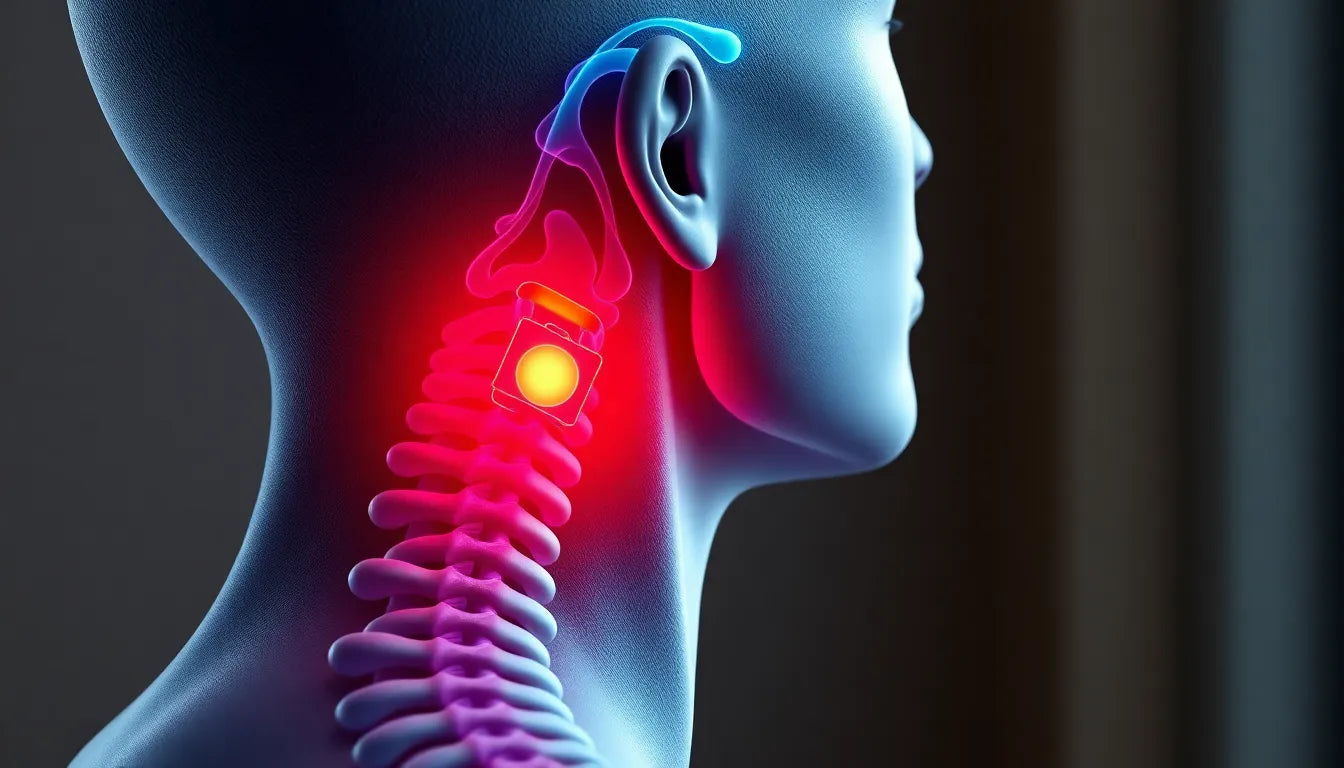In the realm of design and creativity, ergonomics plays a crucial role in shaping the way we interact with our environments. Originally derived from the Greek words "ergon" (work) and "nomos" (laws), ergonomics is the science of designing spaces and products that enhance human well-being and performance. Its significance spans across various fields, from the workplace to home environments, and even into the arts. One area where ergonomics is gaining increasing attention is in drawing, where it is used to create designs that prioritize user comfort and efficiency.
Understanding ergonomics in drawing
Ergonomic drawing involves the application of ergonomic principles to the design process, ensuring that the end products are not only functional but also comfortable and efficient to use. This approach is particularly important in fields such as architecture, industrial design, and graphic design, where the user's interaction with the product or space is paramount. By incorporating ergonomic considerations, designers can create drawings that reduce physical strain, enhance productivity, and improve overall user satisfaction.
The growing interest in ergonomic drawing is driven by its potential to boost workplace productivity and minimize the risk of discomfort and injury. As more organizations recognize the value of ergonomic design, there's an increasing demand for professionals who can integrate these principles into their projects. This trend reflects a broader shift towards creating environments that support human health and performance, underscoring the importance of ergonomics in the design process.
Why ergonomics matter in design
Incorporating ergonomic principles into design is not just about aesthetics or functionality; it's about ensuring the well-being of the end user. Poorly designed workspaces or products can lead to a range of issues, from minor discomfort to serious musculoskeletal disorders. Ergonomics helps mitigate these risks by focusing on the natural alignment and movement of the human body, thereby preventing strain and injury.
Beyond physical health, ergonomics also has broader implications for user satisfaction and performance. A well-designed ergonomic space can improve focus, increase efficiency, and enhance the overall user experience. This is particularly relevant in professional settings, where productivity and comfort are closely linked. By prioritizing ergonomics in design, businesses can create environments that support their employees' well-being and performance, ultimately leading to better outcomes and greater satisfaction.
Basics of ergonomic drawing
At the core of ergonomic drawing lies the understanding of human anatomy and the ways in which design can accommodate and enhance natural human movement. One of the foundational elements is the use of anthropometric data, which involves the collection and application of human body measurements to inform design decisions. This data is crucial for creating spaces and products that align with the physical dimensions and capabilities of the end user, ensuring comfort and efficiency.
Another key aspect of ergonomic drawing is the focus on comfortable working positions. This involves designing environments that promote natural posture and movement, thereby reducing the risk of strain and injury. Guidelines for achieving comfortable working positions include ensuring that seating and work surfaces are at appropriate heights, providing adequate support for the back and limbs, and allowing for ease of movement and adjustment.
To accurately capture ergonomic data, designers often employ various measurement techniques. These can include tools like calipers and measuring tapes for physical dimensions, as well as digital modeling software that allows for the simulation of human interaction with a design. By integrating these techniques, designers can create more precise and user-friendly ergonomic drawings.
Examples and applications
One of the most insightful resources for understanding ergonomic drawing is the Technology Student website, which provides detailed examples and diagrams. These resources illustrate key concepts such as layouts for comfortable seating heights and optimal reaching distances. For instance, ergonomic diagrams from Technology Student highlight the importance of designing workspaces where frequently used items are within easy reach, minimizing unnecessary stretching or straining.
The role of illustrations and diagrams in ergonomic drawing cannot be overstated. Visual aids are essential for conveying complex ergonomic principles in an accessible and understandable manner. They help designers visualize the spatial relationships and proportions necessary for creating ergonomic environments, making it easier to apply these principles in practice.
Incorporating ergonomics into design projects
Integrating ergonomic considerations into design projects involves several critical steps. The process begins with initial research, where designers gather relevant anthropometric data specific to the target user group. This data serves as the foundation for all subsequent design decisions, ensuring that the final product meets the users' physical needs.
During the design phase, designers apply ergonomic principles to their sketches and models. This may involve adjusting dimensions, angles, and layouts to promote comfort and ease of use. For example, ensuring that a chair's seat height aligns with the user's knee height can significantly enhance comfort and reduce fatigue.
The final step in the process is evaluation, where designs are tested for ergonomic effectiveness and user comfort. This may involve user testing, where individuals interact with the design to identify any areas of discomfort or inefficiency. Feedback from these tests is invaluable for refining the design to better meet ergonomic standards.
By following these steps, designers can create products and spaces that not only meet aesthetic and functional goals but also prioritize the health and well-being of their users. The art of ergonomic drawing is thus a vital component of modern design, offering the potential to transform how we interact with our environments for the better.
Advanced insights and tools for ergonomic drawing
As the field of ergonomic drawing continues to evolve, there are several areas where current resources could be enhanced. One notable gap is the lack of interactive tools that allow designers to experiment with ergonomic principles in real-time. Developing step-by-step guides and creating downloadable templates could significantly aid designers in implementing ergonomic concepts more effectively.
Interactive elements, such as online tools that simulate ergonomic environments or allow for the customization of design parameters, can provide valuable hands-on experience. These resources can help bridge the gap between theoretical knowledge and practical application, enabling designers to visualize and test ergonomic solutions before finalizing their designs.
Optimizing ergonomic drawings for SEO and user engagement
To ensure that ergonomic drawings reach a wider audience, optimizing them for search engines and user engagement is crucial. Incorporating relevant keywords such as "ergonomic person" and "comfortable working positions" throughout the content can enhance visibility. Additionally, using high-quality diagrams and user-friendly formats can make the content more appealing and accessible.
Engagement can be further boosted by including interactive content, such as quizzes or downloadable resources that encourage user participation. These elements not only make the learning process more engaging but also help reinforce the principles of ergonomic drawing by allowing users to apply what they have learned in practical scenarios.
Frequently asked questions
What is ergonomics?
Ergonomics is the science of designing environments, products, and systems to optimize human well-being and performance. It focuses on creating spaces that enhance comfort, efficiency, and safety by considering the physical and psychological needs of users.
How do I create an ergonomic drawing?
Creating an ergonomic drawing involves several steps: gathering anthropometric data, applying ergonomic principles to design sketches, and evaluating the design for comfort and efficiency. Key considerations include ensuring natural posture, appropriate heights, and ease of movement.
Why is anthropometric data important in ergonomic design?
Anthropometric data is crucial in ergonomic design as it provides accurate measurements of human body dimensions. This data ensures that designs accommodate the physical characteristics and capabilities of users, leading to more comfortable and efficient products and environments.
What are common ergonomic mistakes in design?
Common ergonomic mistakes include neglecting the user's natural posture, incorrect measurements leading to discomfort, and overlooking the importance of adjustability. Avoiding these errors involves thorough research, precise measurements, and user testing to ensure designs meet ergonomic standards.
How can ergonomic drawings improve workplace productivity?
Ergonomic drawings can enhance workplace productivity by creating environments that reduce physical strain and discomfort. By promoting natural posture and efficient movement, ergonomic designs help prevent injuries, increase focus, and improve overall employee satisfaction and performance.























